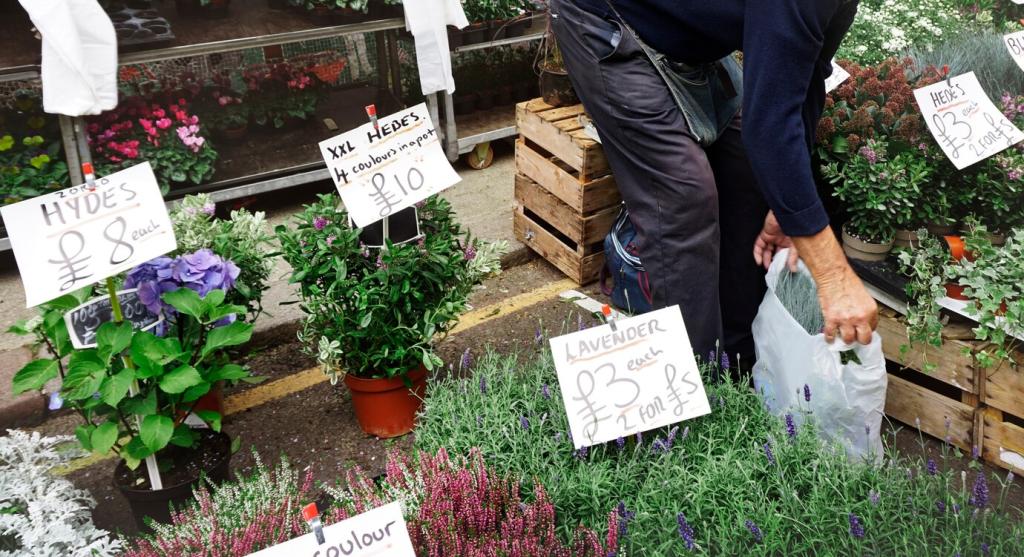Understanding Drought Tolerance: The Science in Your Backyard
Drought-tolerant plants reduce water loss by closing stomata earlier, thickening leaf cuticles, and using sclerophyll leaves that resist wilting. Many also form partnerships with mycorrhizal fungi, extending root reach. Curious how this plays out in your soil? Share your conditions and we’ll compare notes.
Understanding Drought Tolerance: The Science in Your Backyard
Some succulents use CAM photosynthesis, opening stomata at night to conserve moisture, while C4 grasses fix carbon efficiently in heat. These adaptations mean steady growth in sizzling summers. Want a primer on which strategy your favorites use? Comment your shortlist, and we’ll decode it together.





